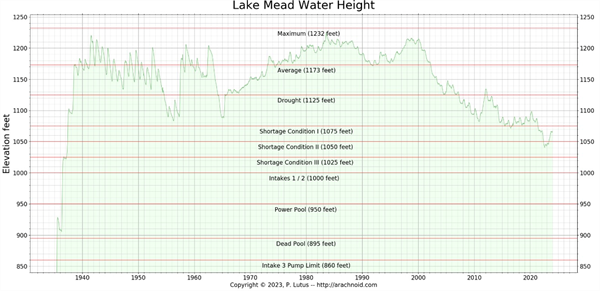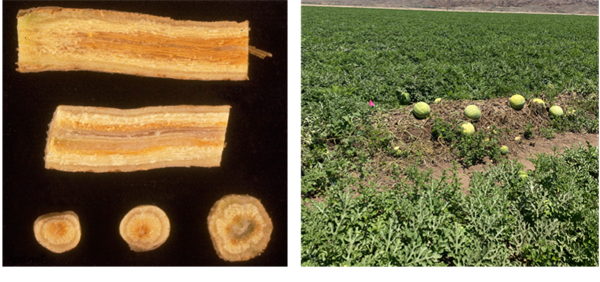-
Mar 6, 2019Pest Activity in Spring Produce CropsAphids: Aphid populations have remained relatively high even with the cold weather we experienced last week. However, with the weather in the 70-80’s for the next 10 days, PCAs should be on the lookout for foxglove and lettuce aphids on late season lettuce. We’ve had reports of both showing up throughout the area. Green peach aphids remain abundant on cole crops; we can find high densities on small cabbage and broccoli at the Yuma Ag Center (YAC). Because aphid species are inherently different in their susceptibility to insecticides, the proper choice of product is important for achieving adequate control. In my lettuce trials, to date Sequoia, Sivanto, and Beleaf have provided the most consistent knockdown and residual control of green peach and foxglove aphids. Movento has been inconsistent, but this is not surprising given our cole, rainy and cloudy weather which reduces plant transpiration. For more information on control visit Foxglove aphids on Desert Produce and 2019 Aphid Control.
Thrips: In contrast to aphid, western flower thrips have been quite low this winter due to the rainfall and cooler weather. However, PCAs should expect thrips numbers to rapidly increase with the warmer weather. This is particularly important on late-lettuce where “bioconcentration" of thrips occurs each year as lettuce acreage declines. Each time a lettuce field is harvested and disked, adult thrips disperse from these areas into the next available lettuce field. As the number of lettuce acres becomes reduced near the end of the season, this creates a bottleneck effect that concentrates high numbers of thrips adults on the remaining fields under production. They should also expect thrips adults to begin migrating into late season lettuce fields from recently harvested fields. This can often make chemical control of thrips populations very difficult, particularly in March, as thrips adults may continually re-infest fields following spray applications. See theThrips Control Chart 2019 for more information.
Corn Earworm: We have had no reports of corn earworm larvae showing up in head lettuce from local PCAs, although there ahave been some reports of CEW found in celery. However, we did have a pheromone trap spike last week in the Yuma Valley. Since, March and April are historically the time when spring lettuce tends to be infested heaviest by earworms, PCAs should consider intensifying their scouting efforts and begin tightening their spray intervals on the last remaining head lettuce fields. For more information see Corn Earworm Management on Desert Produce
Diamondback Moth (DBM): Compared to this time last year, DBM moth counts are higher in trap counts (see DBM Trap Network), but significantly lower than 2017. We can find larvae on seedling cabbage and broccoli at YAC, but they are very low levels at this time. We have had a few reports from PCAs of larval activity in cabbage crops. If larvae do become abundant in late cabbage, based on trials conducted this fall, all the key insecticide products used to control DBM larvae should provide control. However, bioassays of DBM populations collected from cauliflower fields in November from Roll, Yuma Valley and the Yuma Ag Center showed reduced susceptibility to Coragen. Thus, PCAs should avoid using products containing chlorantraniliprole at this time. For more information see Diamondback Moth Management Spring 2019
 To contact John Palumbo go to: jpalumbo@ag.Arizona.edu
To contact John Palumbo go to: jpalumbo@ag.Arizona.edu










